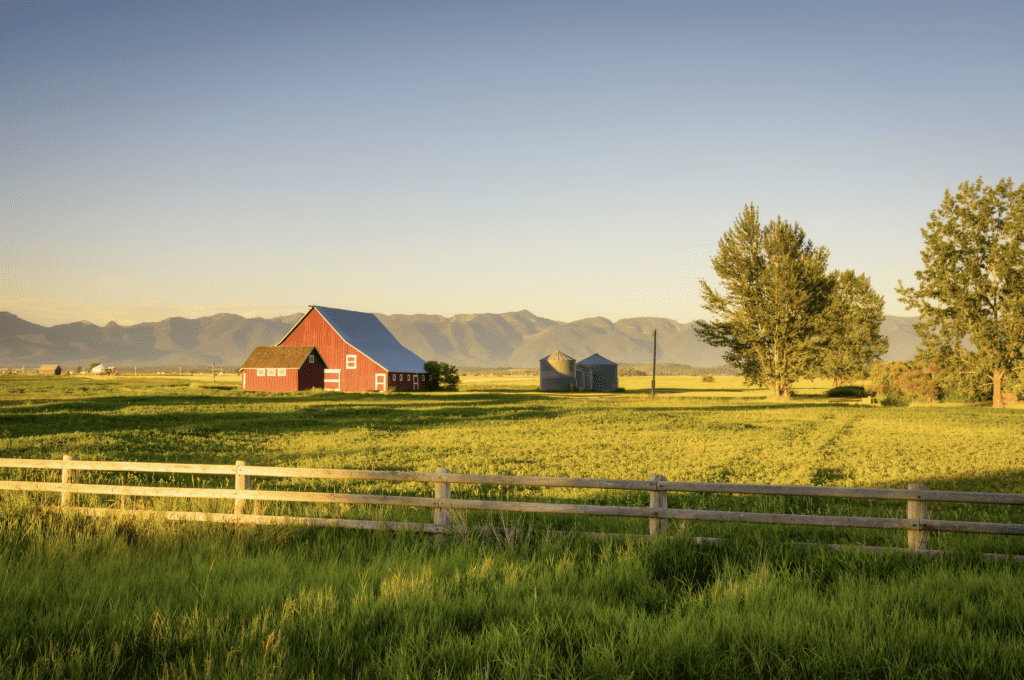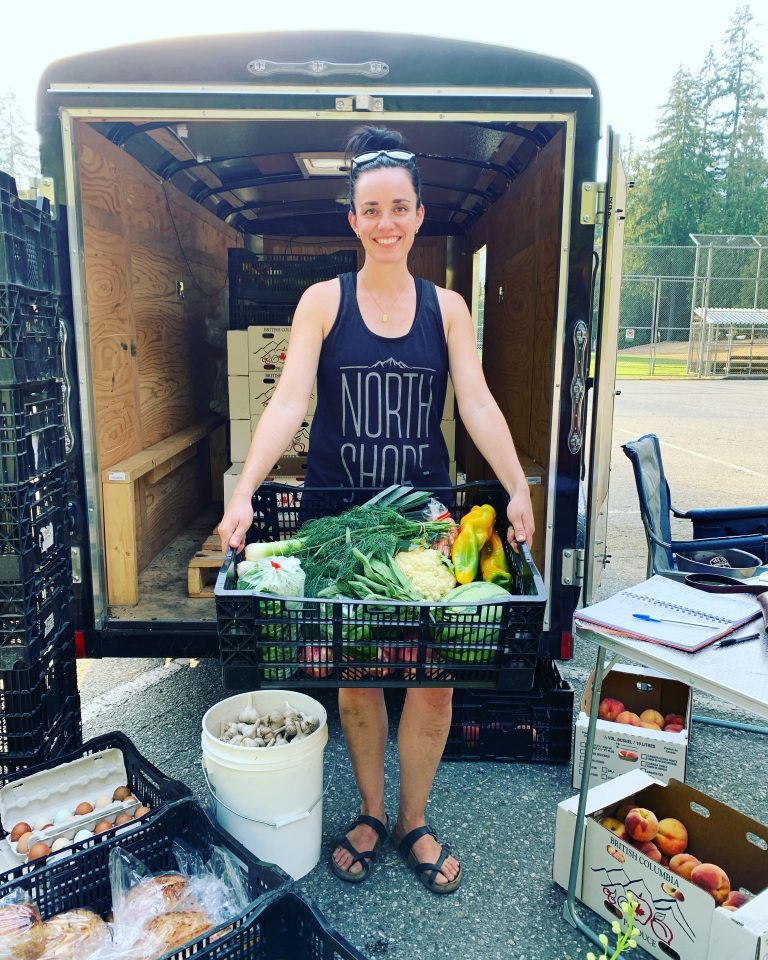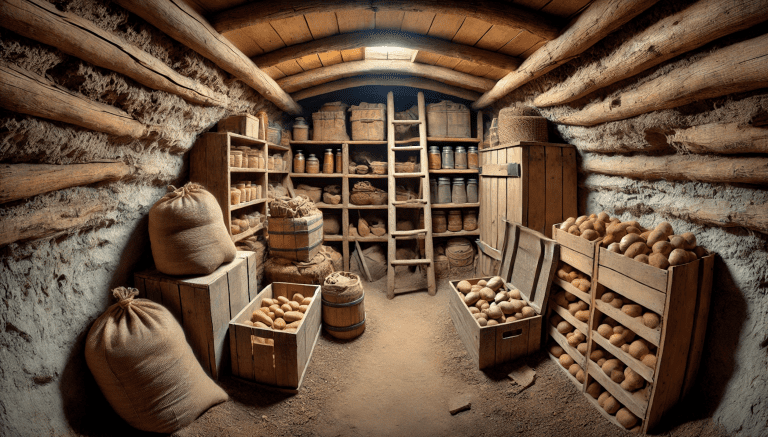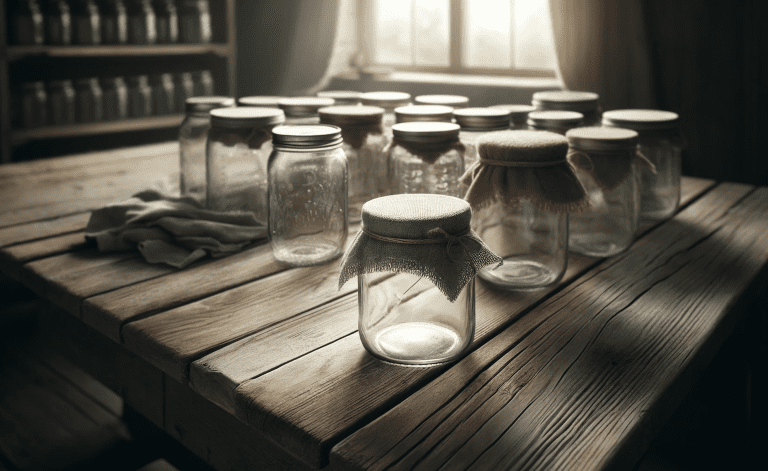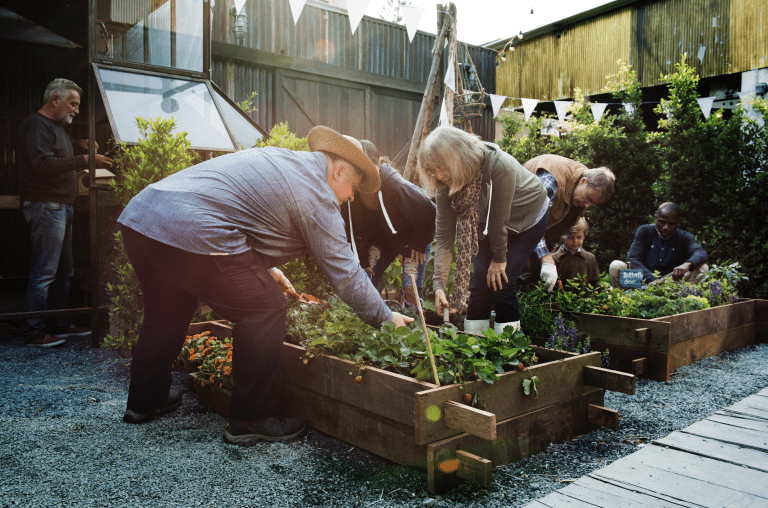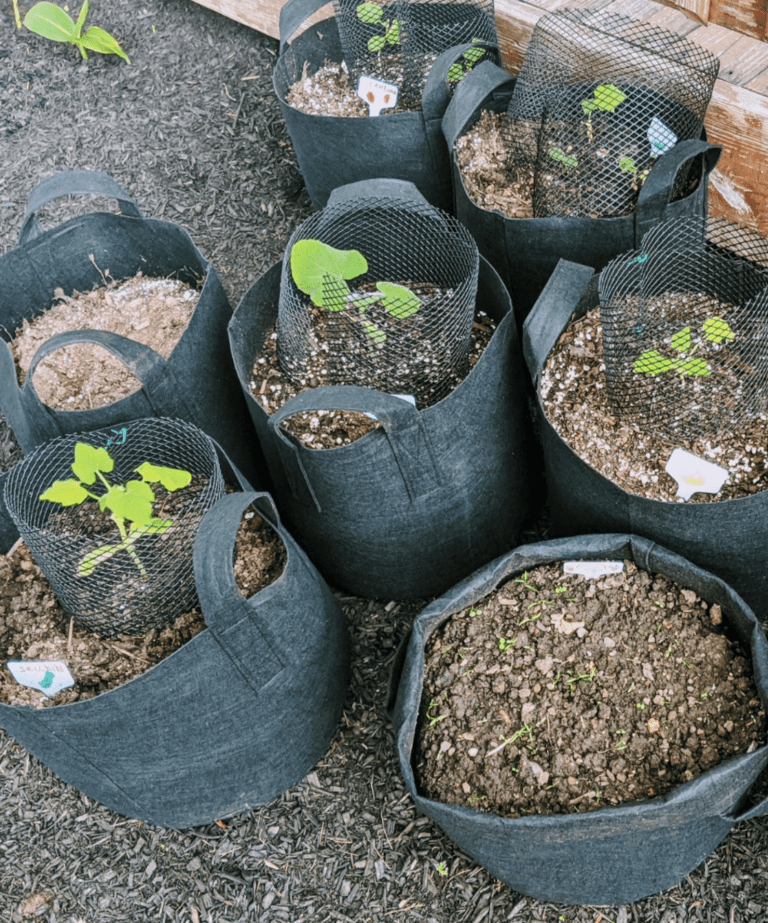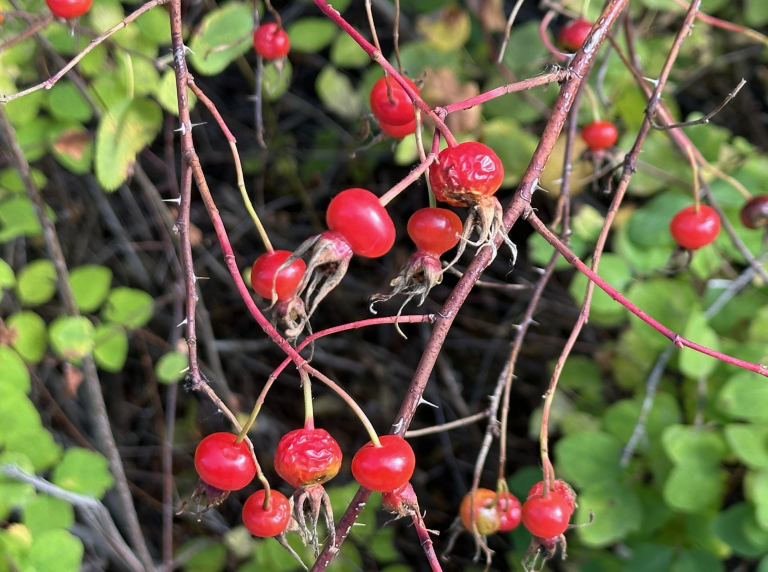In a world increasingly aware of the need for environmental sustainability, homesteading emerges as a source of hope and practicality. It’s a lifestyle choice that empowers families to live in closer harmony with nature, fostering a deep sense of responsibility towards our environment. This guide dives into the top ten sustainable practices for homesteaders, offering a comprehensive approach to a greener, more self-reliant life.
1) Mastering the Art of Composting
Composting is a cornerstone of sustainable living. It transforms organic waste into nutrient-rich soil, perfect for enhancing garden health. Begin by choosing a suitable location for your compost bin or pile and start adding kitchen scraps like fruit and vegetable peels, coffee grounds, and eggshells, along with yard waste such as leaves and grass clippings. Maintaining the right balance of green (nitrogen-rich) and brown (carbon-rich) materials is key. This practice not only reduces landfill waste but also nurtures your soil without chemical fertilizers. In areas with animals like raccoons and bears, you may need to have a close-able lockable lid for these.
2) Harnessing Rainwater: A Valuable Resource
Rainwater harvesting is an efficient way to conserve water and reduce utility bills. By collecting and storing rainwater from rooftops, you can create a sustainable water source for irrigation, livestock, and, with proper treatment, even household use. This practice is particularly crucial in areas with water scarcity and can significantly decrease the demand on local water resources.
3) Organic Gardening: A Chemical-Free Approach
Transitioning to organic gardening means embracing natural methods for soil enrichment and pest control. Techniques like mulching, composting, and the use of natural predators for pest control not only keep your garden thriving but also ensure a safe, chemical-free environment for your family. Organic gardening also supports local wildlife and pollinators, fostering a balanced ecosystem in your backyard.
4) Energy Efficiency: A Sustainable Homestead
Improving energy efficiency is vital in reducing your homestead’s carbon footprint. Start by replacing conventional bulbs with LED lights, investing in energy-efficient appliances, and insulating your home to reduce heating and cooling costs. Renewable energy sources, such as solar panels or wind turbines, can be a significant upfront investment but offer long-term benefits both environmentally and financially.
5) Natural Cleaning Solutions for a Healthier Home
Using eco-friendly cleaning products minimizes the release of harmful chemicals into the environment. Simple ingredients like vinegar, baking soda, and essential oils can be combined to create effective, natural cleaning solutions. This switch not only protects the environment but also ensures a safer, toxin-free home for your family.
6) The Three R’s: Reduce, Reuse, Recycle
Adopting the principles of reducing, reusing, and recycling is fundamental in minimizing waste and conserving resources. This practice involves being mindful of consumption, finding innovative ways to repurpose old items, and properly recycling materials. Encouraging a culture of conscious consumption within the family can have a significant impact on reducing the homestead’s ecological footprint.
7) Cultivating Native Plants: Supporting Local Ecosystems
Planting native species is a low-maintenance and environmentally-friendly gardening choice. Native plants are adapted to local climate and soil conditions, requiring less water and care. They also provide essential habitats for local wildlife, including birds and pollinators, thereby preserving the natural biodiversity of your region.
8) Raising Backyard Livestock: A Step Towards Self-Sufficiency
Incorporating livestock into your homestead can significantly contribute to sustainability. Chickens, for example, offer natural pest control, produce eggs, and can even provide manure for compost. Keeping livestock encourages a deeper understanding of where our food comes from and can reduce reliance on commercially-produced animal products.
9) DIY Projects: Building Sustainability
Engaging in DIY projects not only reduces costs but also lowers environmental impact. Whether it’s building furniture from reclaimed wood, constructing a greenhouse, or creating a rain barrel system, these projects utilize recycled materials and reduce reliance on mass-produced goods. DIY activities also offer an excellent opportunity for family bonding and skill development.
10) Family Involvement: Educating Future Generations
The most crucial aspect of sustainable homesteading is involving and educating the family. Teaching children about eco-friendly practices, from gardening to energy conservation, instills a sense of environmental responsibility from a young age. Engaging in sustainable practices as a family fosters a culture of stewardship and respect for nature.
Building a Legacy of Sustainability
Embracing these eco-friendly and sustainable practices is more than just a lifestyle choice; it’s a commitment to a healthier planet and a more self-reliant, conscious way of living. By adopting these practices, homesteaders not only benefit their immediate environment but also contribute to a larger movement towards a sustainable future. Let this guide be a starting point for your family’s journey towards a greener, more harmonious relationship with nature, creating a legacy of sustainability for generations to come.

